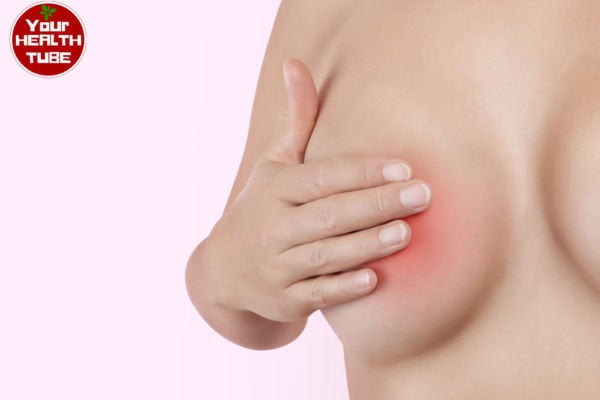Mastitis or breast infection is a female condition that causes the breast tissue to get inflamed and painful. It can often be treated easily; however, it is important to see your doctor if you think you have a breast infection (mastitis).
A breast infection is most common in breastfeeding women. About 1 in 10 women who breastfeed has this condition, usually within the first 3 months after giving the birth. The breast infection that is related to breastfeeding is medically known as puerperal mastitis or lactation mastitis.
However, women who are not breastfeeding can develop breast infection as well. Non-breastfeeding women usually have a type known as periductal mastitis.
Causes of Mastitis
In breastfeeding women, breast infection is usually caused by a milk build-up in the woman’s breast (known as milk stasis).
It can occur for numerous reasons, including:
- a newborn not suitably attaching to the mother’s breast during feeding
- a newborn having issues sucking
- missing or infrequent feeds
In some cases, milk stasis may also become infected with bacteria (a condition known as infective mastitis).
In non-breastfeeding women, breast infection usually appears when the breast becomes infected due to damage to the nipple, as a nipple piercing, sore or cracked nipple.
Symptoms of Mastitis
Mastitis usually just affects one breast, and the symptoms often develop really quickly. Symptoms of mastitis are including:
- a red and swollen area on the breast that can feel warm and painful when touched;
- an area of hardness or breast lump on the breast;
- a burning sensation in the breast that can be continuous, or just appear when the woman is breastfeeding, and
- nipple discharge that can be white and/or contain blood streaks.
You might also have flu-like symptoms, as fever, aches, tiredness, and chills.
Mastitis Treatment
A breast infection can usually be easily treated, and most women will make a complete recovery real fast.
In most of the cases, this infection can be cured by using self-care methods, such as:
- Drinking plenty of water;
- Making sure you get enough rest;
- Using OTC painkillers as ibuprofen or paracetamol to reduce pain or fever; though small amounts of paracetamol may enter the breast milk, that is not enough to harm the baby. However, it is not safe to use aspirin while you are breastfeeding.
- Placing a warm compress (a cotton towel soaked with lukewarm water) over the breast to relieve the pain. Also, a warm bath or shower can be helpful.
- Regularly expressing the milk from the breasts (in the case of breastfeeding).
- Avoiding tight-fitting clothing, as well as bras, until the symptoms improve.
If your doctor thinks that an infection is responsible for your mastitis, you may need to take some antibiotics.
When to see your doctor
Try some self-help techniques for treating breast infection and if you still have issues contact your doctor as soon as possible.
It’s important to see your doctor promptly because there are certain risks that mastitis can lead to a breast abscess, which might need to be worn out surgically.
Conclusion:
Brest abscesses can be quite serious if not treated quickly; it is estimated that 1 in 10 women who have them cannot breastfeed with the affected breast again.
Contact your doctor if your symptoms worsen or don’t improve within 12 to 24 hours of trying self-help methods. If this happens, it’s likely that you suffer from an infection and will need certain antibiotic medication.

